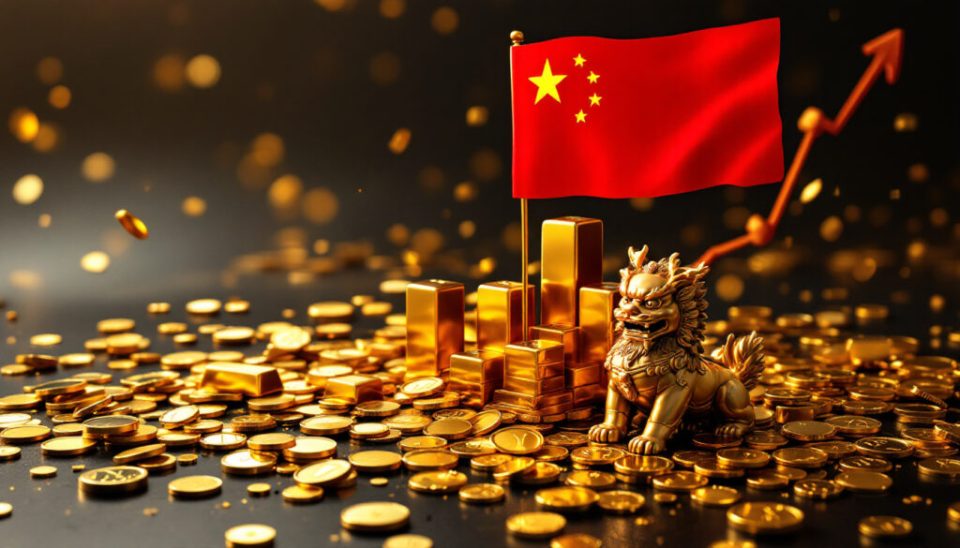China’s gold imports surged to their highest level in nearly a year last month, even as global gold prices reached historic highs. According to customs data analyzed by ING’s commodity experts Warren Patterson and Ewa Manthey, the country’s total gold imports hit 127.5 metric tonnes in April, a remarkable 73% jump from the previous month. This uptick came after the People’s Bank of China allocated fresh import quotas to several commercial banks, signaling both strong demand and strategic intent.
Gold has been one of the standout performers in financial markets this year. Prices have climbed by more than 20% since January, peaking at a record $3,500 per ounce in April. The rally has been fueled by a mix of geopolitical uncertainties and aggressive central bank buying, particularly from China itself. For investors and businesses tracking the global commodities market, this trend is impossible to ignore.
The reasons behind China’s gold buying spree are multifaceted. On the one hand, there’s a clear appetite for safe-haven assets amid ongoing global tensions. Whether it’s concerns about trade disputes, regional conflicts, or the stability of major currencies, gold remains a traditional refuge for capital. Central banks, including China’s, have been significant players, steadily increasing their gold reserves as a hedge against potential shocks in the global financial system.
The timing of the quota allocation by the People’s Bank of China is also noteworthy. By granting commercial banks the ability to import more gold, the central bank is effectively managing the flow of the precious metal into the country. This move not only supports domestic demand but also reinforces China’s broader strategy of diversifying its foreign exchange reserves away from the US dollar.
The surge in Chinese imports has had ripple effects across global markets. Gold prices, already buoyed by strong demand from other central banks and retail investors, have found additional support from China’s actions.
Investors in gold-related stocks and ETFs have taken notice. For example, shares in major gold producers such as Barrick Gold Corporation (NYSE: GOLD) and Newmont Corporation (NYSE: NEM) have seen increased volatility as market participants digest the implications of higher prices and robust demand. The rally in gold prices has also benefited mining companies listed on other exchanges, but the focus here is on the broader trend rather than individual tickers.
China’s gold strategy fits into a larger pattern of economic behavior. The country has long sought to reduce its reliance on the US dollar, both as a reserve currency and as a medium for international trade. By accumulating gold, Chinese authorities aim to bolster confidence in the yuan and insulate the economy from external shocks. This approach is especially relevant given the current environment of rising interest rates and persistent inflation in many parts of the world.
Meanwhile, the global gold market is showing signs of tightness. Physical demand, particularly from central banks, is outstripping supply in some regions. This imbalance is contributing to the upward pressure on prices, making gold an attractive asset for both institutional and retail investors.
Looking ahead, the outlook for gold remains bullish, at least in the near term. Analysts expect demand to stay strong as long as geopolitical risks persist and central banks continue their buying programs.
China’s renewed appetite for gold is a clear signal of shifting priorities in the global financial landscape. As prices climb and central banks stock up, the precious metal is reclaiming its role as a cornerstone of stability in uncertain times.

